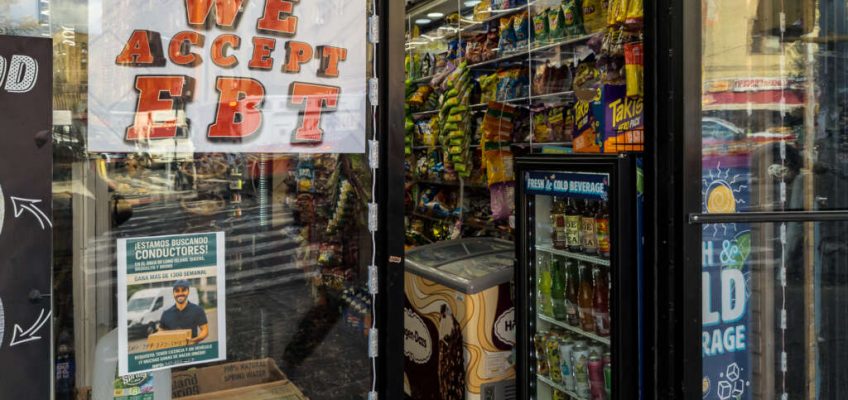While he and his family are settled into year-round life in Minnesota after spending his entire NHL career with the Wild, captain Jared Spurgeon admitted trips to Edmonton are always special.
Spurgeon, 36, is originally from the home of the Oilers, playing youth hockey there and cheering for the team before major junior hockey in Spokane, Wash., brought him to the United States.
He caught up with friends and family Monday after the Wild arrived in Edmonton, and said he’s embraced the challenge of facing the Oilers, who are off to a slower-than-expected start, but are always dangerous with the likes of Connor McDavid and Leon Draisaitl moving pucks and keeping opposing defenders like Spurgeon busy.
“They’re obviously pretty special players, so it takes a full five-man unit out there to stop those guys,” said Spurgeon, who is in his sixth season as the Wild’s captain. “Just working together and trying to play down in their end as much as possible to keep them out of ours.”
After two straight trips to the Stanley Cup Final (which both ended in losses to the Florida Panthers), the Oilers were a pedestrian 11-10-5 coming into Tuesday’s meeting with Minnesota. Edmonton coach Kris Knoblauch had broken up McDavid and Draisaitl, putting them on different lines for now. Wild coach John Hynes joked Spurgeon would be getting four-minute shifts to try and thwart both Oilers stars.
In an era where the prototypical NHL defenseman is well over six feet tall before putting on skates, Spurgeon — all 5-foot-9 of him — will hit the 1,000 games milestone this season if he stays healthy, and has never been limited by his stature.
“When you see him play and you coach him every day, he’s a great competitor, his skating, he’s fearless,” Hynes told reporters in Edmonton. “But his hockey sense and his ability to play as a smaller defenseman, whether it’s going back for pucks on breakout and knowing when he’s gonna get hit, when he’s not going to get hit. His ability to defend hard, you watch him in the corners and at the net-front, as a smaller guy, he uses his leverage.”
Spurgeon entered Tuesday’s matchup with a goal and three assists in his first 26 games this season.
Wallstedt honored by NHL
With one-fourth of the regular season concluded, NHL.com convened a 16-person panel a few weeks ago to vote on who would win NHL rookie of the year after 20-some games. Not surprisingly, players from three of the league’s biggest media markets — New York, Montreal and Los Angeles — got the nods with Islanders defenseman Matthew Schaefer first, Canadiens forward Ivan Demidov second and Ducks forward Beckett Sennecke third.
But perhaps those voters are paying a bit more attention to the State of Hockey today, after Wild goalie Jesper Wallstedt was named the NHL’s rookie of the month for November on Tuesday.
Wallstedt was 6-0-0 with a NHL-leading 1.14 goals-against average, a .967 save percentage and three shutouts in his six wins in November to help Minnesota climb back into the Central Division race.
Wallstedt, who struggled last year in Iowa after getting sent down early in the 2024-25 season, has seen his game flourish this season in part because he uses his big frame to play positionally sound.
“I’m just going to try to play high-percentage hockey,” he said. “Make sure I have as much of the net covered and try to just make it look as simple as possible.”
Wallstedt starting in Edmonton on Tuesday was a tough pill for some Oilers fans to swallow. Part of the Oilers’ early season mediocrity has been due to uneven play in goal, and many on social media are quick to point out that Minnesota selected Wallstedt with the 20th pick in the 2021 NHL Draft. That pick belonged to Edmonton, until the Wild — picking 22nd — gave the Oilers a third-round pick (90th overall) to move up two spots.
Picking at No. 22 after the trade, Edmonton selected forward Xavier Bourgault, who was later traded to Ottawa and has yet to make his NHL debut. With that third-round pick acquired from Minnesota, the Oilers selected defenseman Luca Munzenberger, who played four years of college hockey at Vermont, and is now toiling in the pro leagues back in his native Germany.
Related Articles
Injury means Yurov will miss Oilers showdown
Sabres stun Wild with shootout win, snap seven-game win streak
Jesper Wallstedt’s hot start brings fans, a detractor, and a t-shirt
Wild keep rolling, besting Colorado in a shootout
Faceoffs the focus as Nico Sturm gets up to speed




